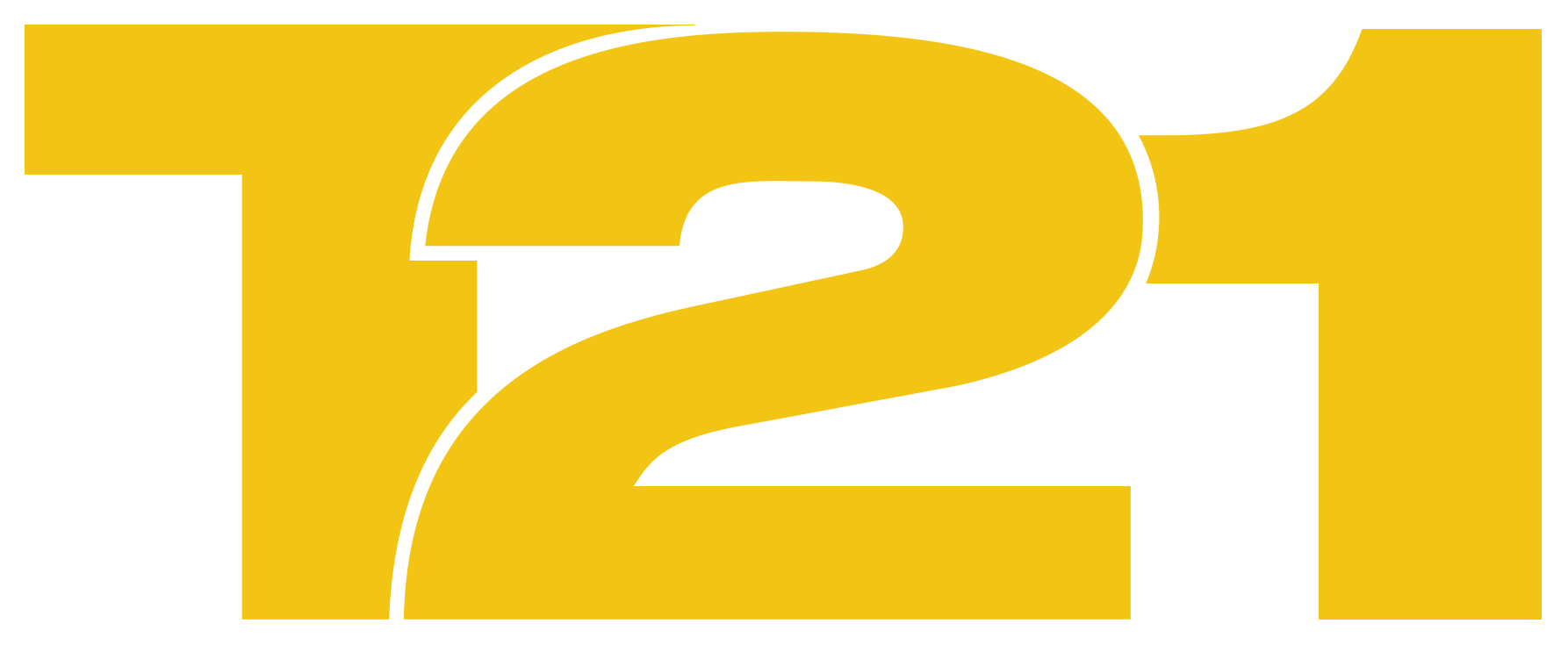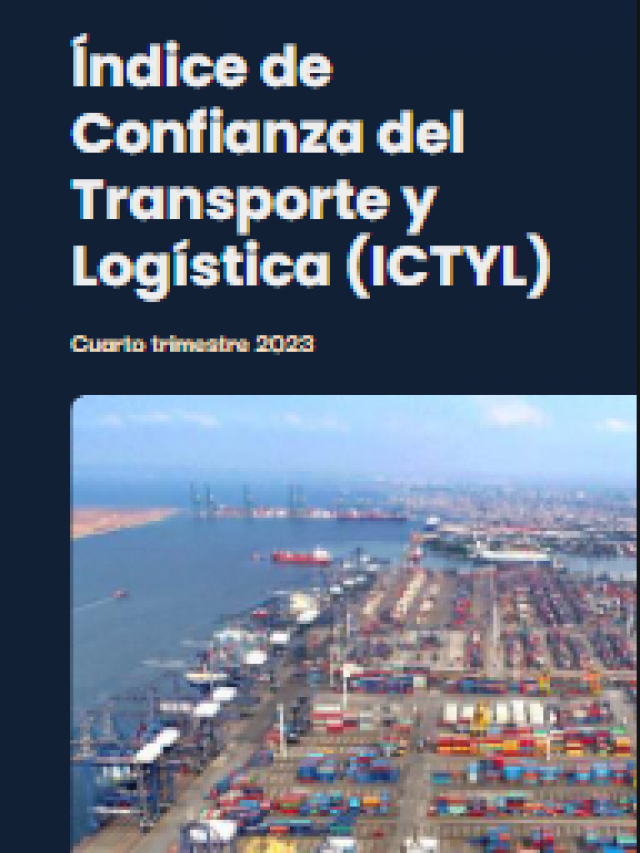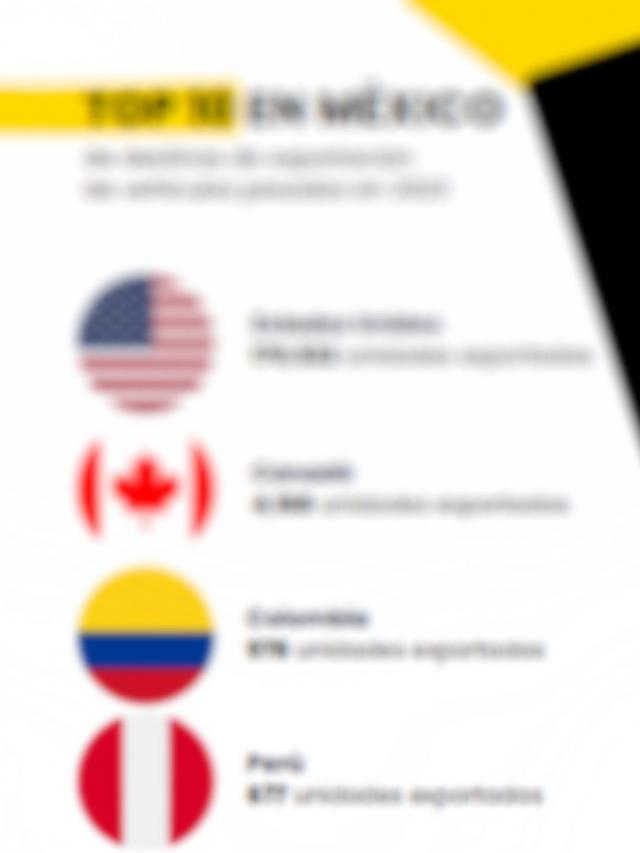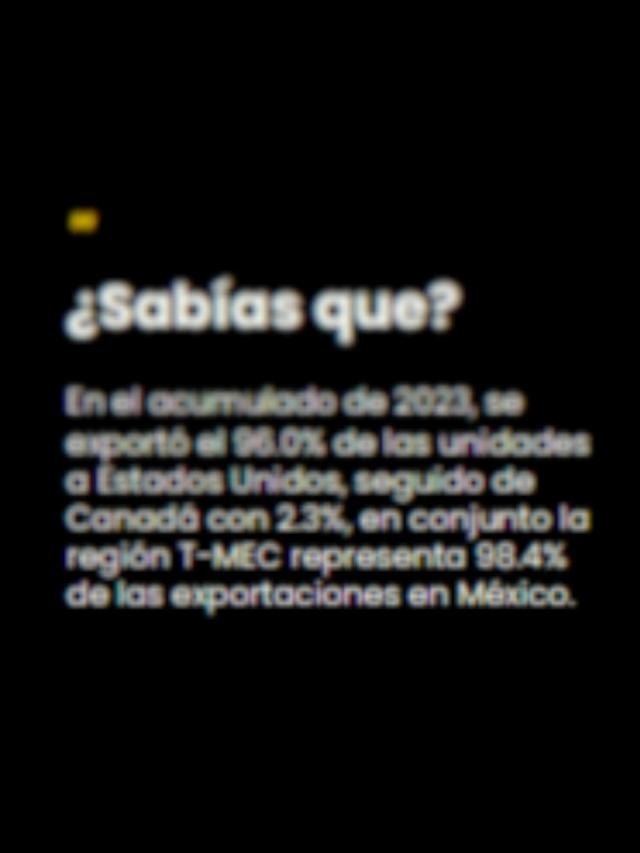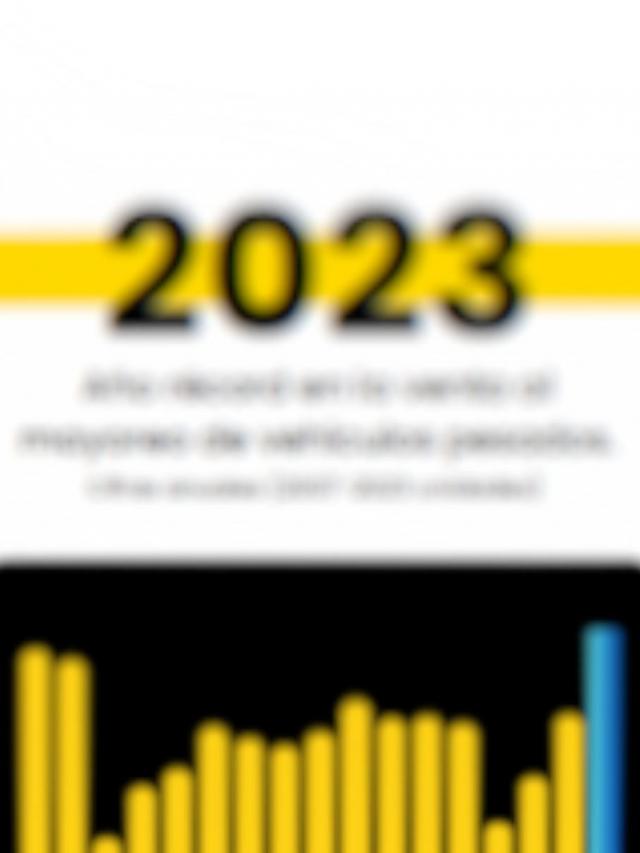
25% tariffs on imported Mexican products , as well as a similar rate on steel and aluminum by the United States, the Ministry of Economy (SE) relaunched the “Made in Mexico” label , in order to promote and strengthen national products .
As part of the Mexico Plan , which contemplates national and foreign investments, and includes around two thousand specific projects aimed at strengthening strategic sectors, improving competitiveness and promoting sustainable development, the “Made in Mexico” certification brand was also relaunched .
According to the Official Gazette of the Federation (DOF) , any product whose manufacture, manufacturing or assembly has been done in Mexico, and has quality and excellence standards that enhance the identity and reputation of the origin of its raw materials, will be able to access the emblematic seal , which will be valid for five years .
On February 17, the DOF published the new rules for the use of these brands, which, emphasized Marcelo Ebrard , head of the SE, means projecting a competitive and united country , and its wide promotion is due to the current environment of uncertainty in international trade.
“The purpose of all this effort is for Mexico to move forward, for Mexico to overcome anything that may come our way, for us to be united, cohesive and to project our country,” the federal official stressed.
According to the rules for the authorization of use of certification marks, these will be granted through the Regulatory, Competitiveness and Competition Unit of the Ministry of Economy.
In addition, the DOF stated, “the Honorary Promoter Council “Made in Mexico” is created as an advisory body made up of representatives of the Mexican business, industrial and creative sectors, in accordance with the operating rules issued by this collegiate body.”
To obtain certification, applicants must “reliably demonstrate that, in the manufacturing or fabrication process, they implement affirmative actions regarding compliance with one or more of the Sustainable Development Goals of the 2030 Agenda on Sustainable Development.”
The federal government may grant authorization for the use of certification marks within a period of up to 10 business days after the application is submitted.
Among the obligations of companies that are granted permission to use the logo are that they must “refrain from registering the certification marks in their entirety or any of their parts, whether as a main element or as part of a set, in trademark registries or any other form of intellectual property protection, or as an Internet domain name.”
Also, “certification marks must be used in a way that does not damage the reputation or mislead consumers about the characteristics of the products to which they apply.”
As part of the sanctions for misusing the badge , the authorization must be cancelled , so they must remove it within 10 business days at the latest , from all types of documents, websites or other applications where it has been incorporated, as well as avoid using it in their products.
A logo that has transcended time
The “Made in Mexico” label was created by designer Omar Arroyo in 1978 , and is a symbol that has been part of national products in Mexico and abroad and has remained in the collective imagination.
According to the DOF, on March 8, 1978, the Notice to Industrialists, Merchants and the General Public on the Official Standard NOM-Z-9-1978 , emblem called Made in Mexico, was published in the Official Gazette of the Federation, with the purpose of establishing and describing said distinctive.
According to the same document, on November 22, 2018 , the Agreement establishing the conditions and requirements for granting the authorization and use of the Made in Mexico emblem was published in the DOF , in order to establish the requirements for granting the use of said logo and its design, as a mixed brand owned by the Ministry of Economy.
Currently, the brand has the silhouette of an eagle head in white on a maroon background . Above the head, it has the phrases “Hecho en” and “Made in” and below it, “México” and “Mexico”. The design is minimalist and identifies Mexican products in the national and international market.
Although the logo has undergone modifications, such as in 2004 when the eagle changed and an MX was added, or in 2009 when the design of the plumage and the shape of the eagle’s beak were changed, the logo has remained in the Mexican imagination as a symbol of identity .
The relaunch of the brand takes place in a context of uncertainty in world trade, especially due to the protectionist policy that Donald Trump , president of the United States, seeks to impose with the collection of 25% tariffs on Mexico , which was paused for a month.
Comment and follow us on X: @Eliseosfield / @GrupoT21
